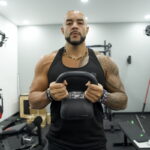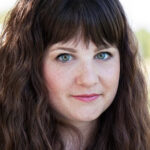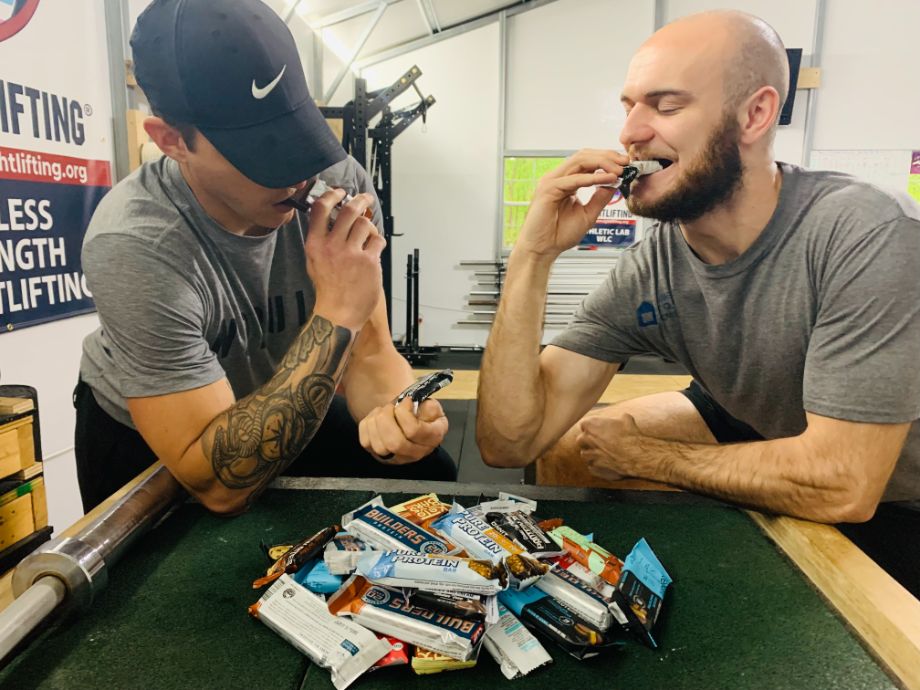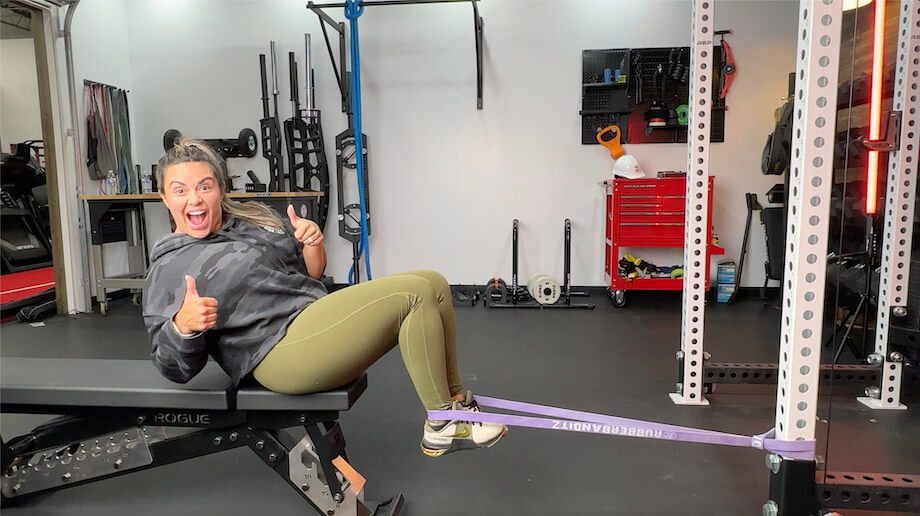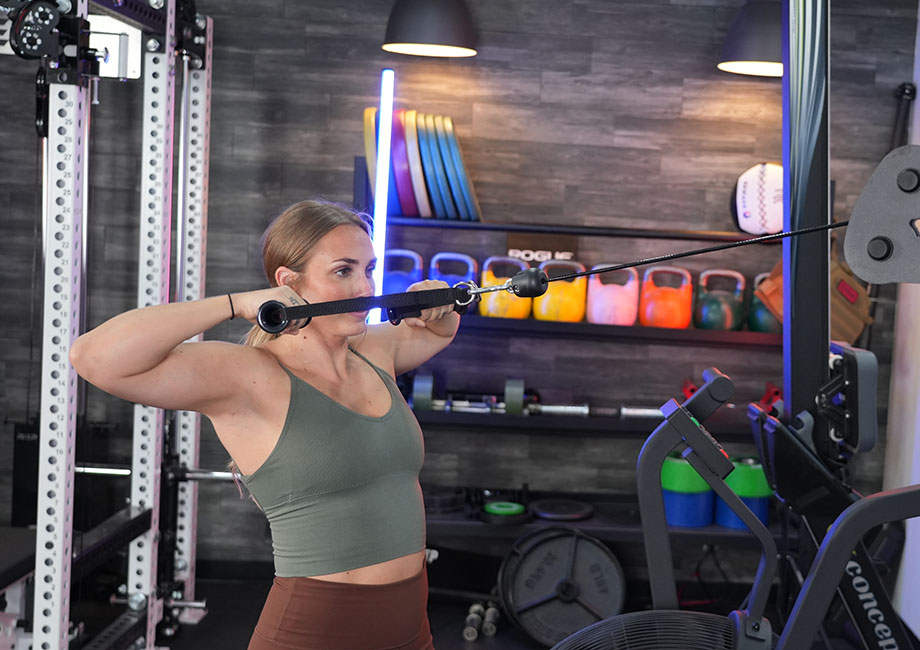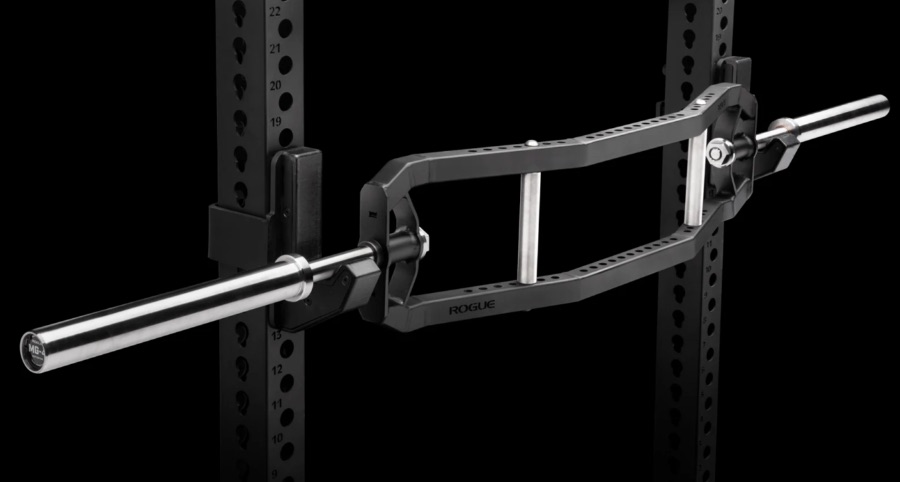One of my biggest pet peeves about working out at commercial gyms is wasting time waiting for equipment to become available. That’s especially the case on #ChestDay, as the queue for the cable machine can seem longer than the line of cars on a busy day at Chick-fil-A.
RELATED: Best Cable Machine for Home Gyms
While I love the versatility and functionality of a pulley system, sometimes it’s better to pivot your attention elsewhere. Although that may mean sacrificing cable crossovers, you can still sculpt a strong, well-defined chest via cable fly alternatives.
As a certified personal trainer (CPT) who routinely uses cable machines for lateral raises, lat pulldowns, rows, and other upper-body exercises, I’ll show you 10 ways you can target your pectoral muscles that don’t involve cable flys. I also put together a pair of goal-specific workouts that include the best chest exercises so you can start building muscle one rep at a time.
10 Best Cable Fly Alternative Exercises
- Dumbbell fly
- Resistance band fly
- Incline dumbbell fly
- Incline dumbbell press
- Dumbbell pullover
- Chest dip
- Pec deck machine
- Chest press machine
- Bench press
- Push-up
Dumbbell Fly
Why do it: The dumbbell fly mimics the movement of the cable fly exercise, making it an effective alternative to stretch and contract your chest muscles.
How to do it:
- Lie flat on a weight bench with a dumbbell in each hand and your palms facing each other.
- Extend your arms above your chest, keeping a slight bend in your elbows.
- Slowly lower the dumbbells to the side in a controlled arc motion until your arms are about parallel with the bench.
- Bring the dumbbells back up to the starting position, squeezing your chest muscles at the top of the movement.
- Repeat for the desired number of repetitions.
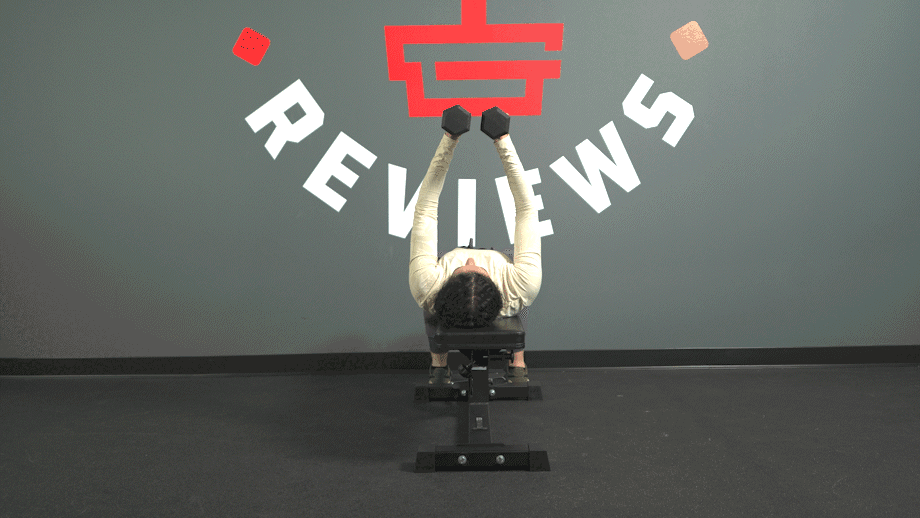
Resistance Band Fly
Why do it: The versatility and portability of resistance bands make them a logical swap for machine-based exercises like the cable fly. Although you can’t go as heavy, you can train your chest with constant tension from the band.
How to do it:
- Wrap a resistance band around a stable anchor point, such as a squat rack, at chest height.
- Hold the handles or ends of the band with your arms extended out to the sides.
- Step forward to create tension, keeping a slight bend in your elbows.
- Bring your arms together in front of you, contracting your chest muscles at the top of the movement.
- Slowly release tension from the band to return to the starting position.
- Repeat for the desired number of reps.
RELATED: Upper-Body Resistance Band Workout
Incline Dumbbell Fly
Why do it: Level up your chest fly workout by raising your flat bench to an incline position. Changing the angle will engage your upper pecs more, helping create a fuller chest.
How to do it:
- Set an adjustable weight bench to a 30- to 45-degree incline.
- Lie on the bench with a dumbbell in each hand so your palms face each other.
- Extend your arms above your chest, keeping a slight bend in your elbows.
- Slowly lower the dumbbells out to the sides in a controlled arc motion until you feel a good stretch on your pecs.
- Raise the dumbbells back up to the starting position, squeezing your chest muscles at the top of the movement.
- Repeat for the desired number of reps.
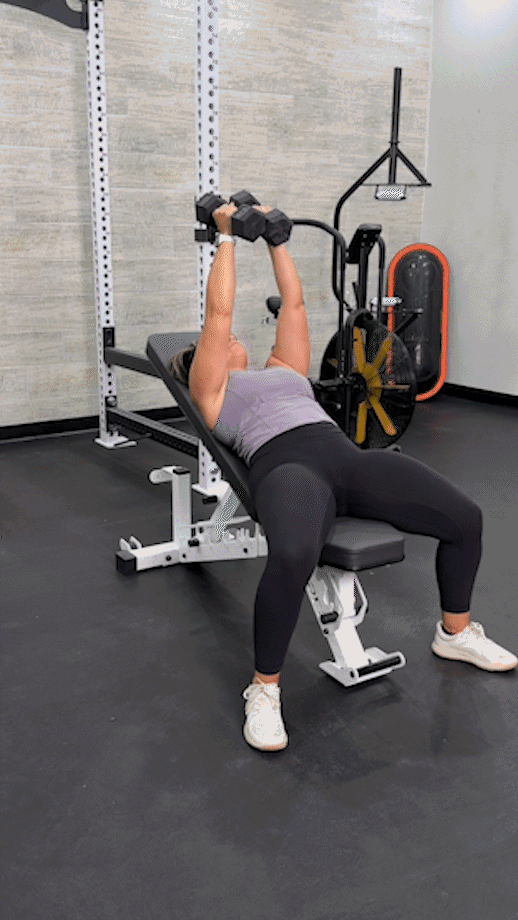
Incline Dumbbell Press
Why do it: Another muscle- and strength-building movement that engages your upper pecs, the incline dumbbell press is a permanent part of my training program. Focus on time under tension by accentuating the eccentric (lowering) phase of this compound exercise.
How to do it:
- Set an adjustable weight bench to a 30- to 45-degree angle.
- Lie on the bench with a dumbbell in each hand so your palms face away from you.
- Retract your shoulder blades, engage your core, and press the dumbbells up above your chest until your arms are almost fully extended.
- Carefully lower the dumbbells to the sides of your chest.
- Repeat for the desired number of reps.
RELATED: Concentric Vs Eccentric
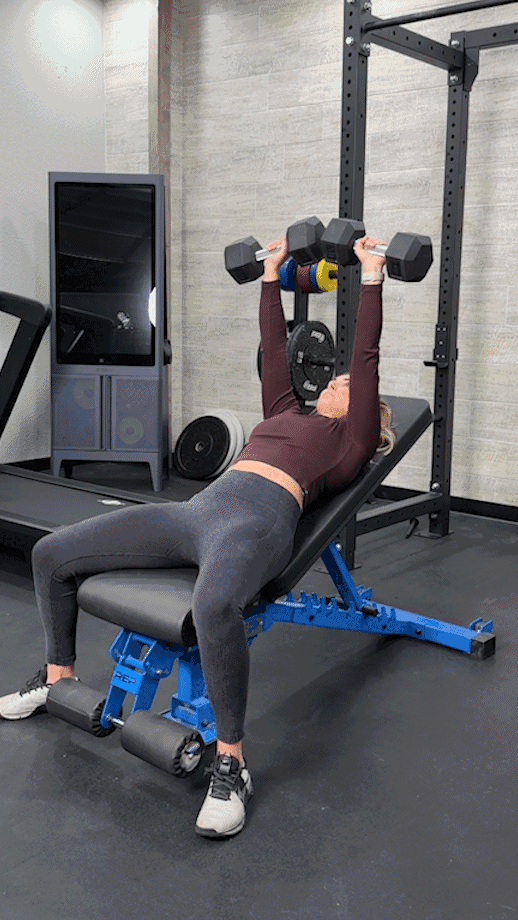
Dumbbell Pullover
Why do it: The dumbbell pullover is a versatile exercise that targets your chest and upper-back muscles and your core. You can also make this a unilateral exercise by performing single-arm pullovers.
How to do it:
- Place your upper back lengthwise on a flat bench.
- Hold a single dumbbell at the top with both hands above your head.
- Anchor your feet so your knees are at a 90-degree position.
- Lower the dumbbell behind your head, keeping your elbows slightly bent and pointed forward.
- Reach back until you feel a deep stretch in your lats and chest, then pull the weight back up to the starting position.
- Repeat for the desired number of reps.
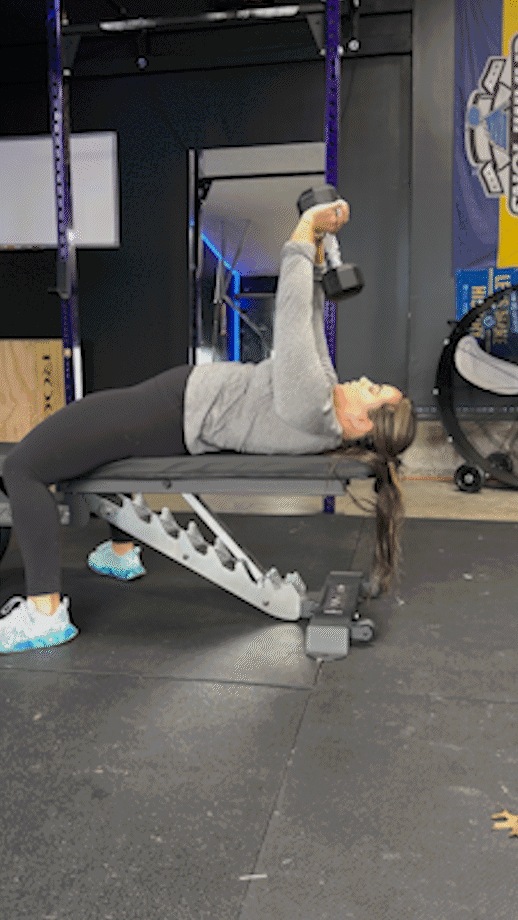
Chest Dip
Why do it: The chest dip is an excellent compound exercise that targets your lower chest, shoulders, triceps, and upper back. You can make it more difficult by changing the tempo or adding resistance by placing chains around your neck, securing a weight plate around your waist, or wearing a weighted vest.
How to do it:
- Hold onto parallel dip bars or rings so your wrists are neutral, lifting your body off the ground by extending your arms.
- Lean forward slightly to further activate your chest muscles.
- Engage your core, keep your elbows tucked close to your sides, and lower your body until your upper arms are parallel to the floor.
- Straighten your arms to push yourself back up to the starting position.
- Repeat for the desired number of reps.
RELATED: Dips Vs Pull-Ups
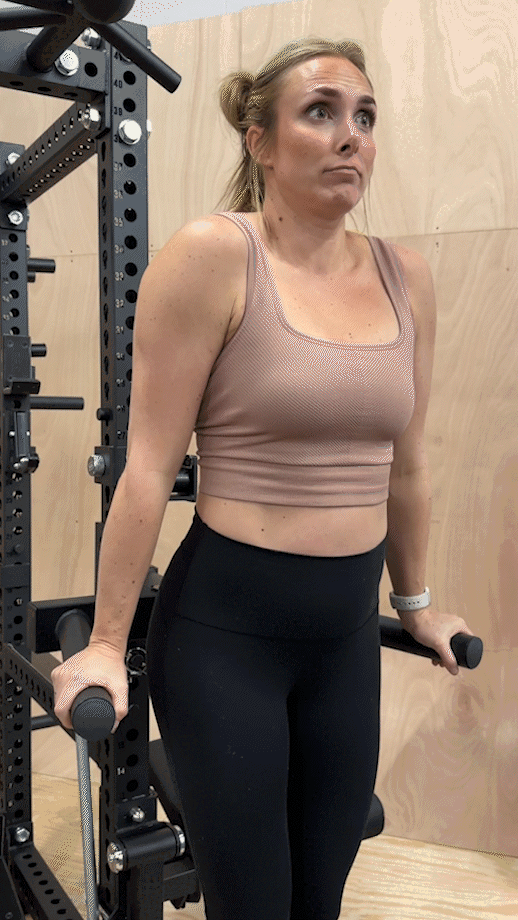
Pec Deck Machine
Why do it: The pec deck machine isolates your chest muscles using a similar motion to the cable fly. However, the guided movement and safe setup may make it better for beginners. You can also turn around and use this machine for back workouts.
How to do it:
- Sit on the pec deck machine with your back against the pad and feet flat on the floor.
- Set the seat height so the handles are at chest level.
- Grab the handles with your palms facing forward and your elbows slightly bent.
- Bring the handles together in front of you, contracting your chest muscles at the top of the movement.
- Slowly return to the starting position.
- Repeat for the desired number of reps.
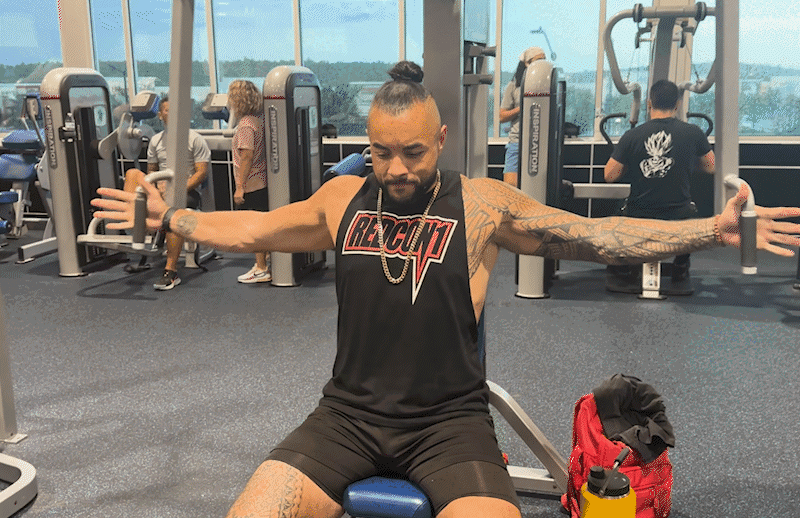
Chest Press Machine
Why do it: The machine chest press gives you a bench press-like experience on a stable platform. This can be a safe alternative for beginners who aren’t quite ready for a barbell and weight plates.
How to do it:
- Sit on the chest press machine with your back against the pad.
- Adjust the seat so the handles are level with your mid-chest and no deeper than chest level.
- Grip the handles with your elbows bent at 90 degrees.
- Press forward until your arms are fully extended.
- Slowly lower the weight back to the starting position.
- Repeat for the desired number of reps.
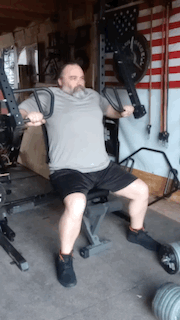
Barbell Bench Press
Why do it: First, the bench press involves multiple muscle groups, which naturally gives it a leg up on isolation exercises. Second, you can play with variables like tempo, hand position, and intensity to tailor it to your goals and abilities. Lastly, you can easily swap out a barbell bench press for a dumbbell bench press to address any muscular imbalances.
How to do it:
- Load a barbell with weight plates and lie on a flat weight bench.
- Grip the bar with your hands about shoulder-width apart.
- Arch your lower back slightly and plant your feet firmly into the ground. (Some lifters may prefer to perform the exercise with a flat back, which will make the leg drive element less prevalent.)
- Unrack the bar, then carefully lower it toward your chest.
- Touch the bar to your chest, then press it back to the starting position.
- Repeat for the desired number of reps.
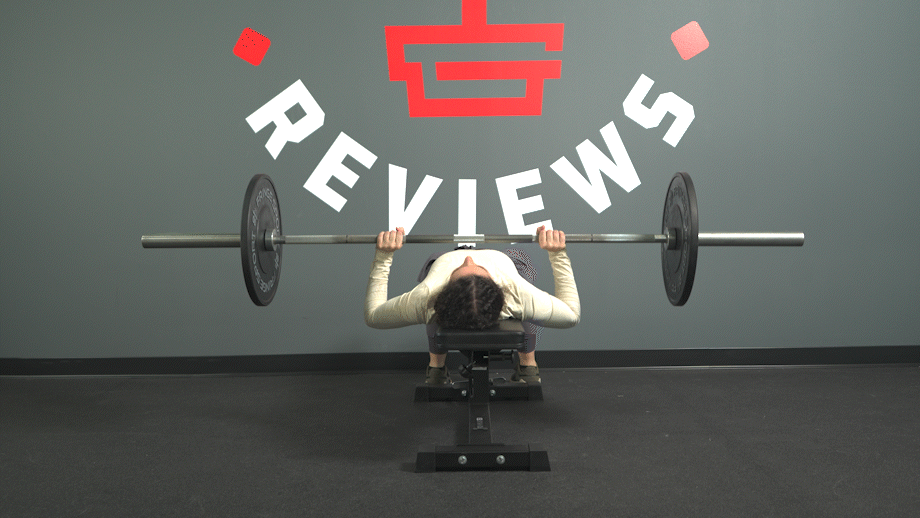
Push-Up
Why do it: The push-up is a staple bodyweight exercise that offers plenty of versatility. Perform the standard version to equally target your chest, pecs, and upper back. Move your hands closer together for more triceps activation. Or, add a plyometric element like clapping for a dynamic variation that tests your coordination and athleticism.
How to do it:
- Start in a plank position with your hands slightly wider than shoulder-width apart.
- Lower your body until your chest nearly touches the floor, keeping a straight line from head to heels.
- Push back up to the starting position.
- Repeat for the desired number of reps.
RELATED: 17 Push-Up Variations
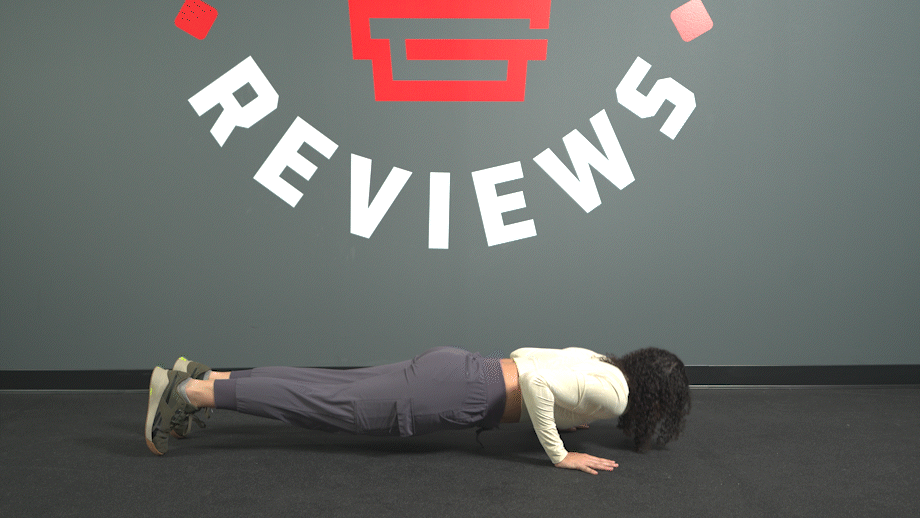
Sample Chest Workout for Strength
As a CPT, whenever I have a client who wants to focus on strength, I typically turn to the time-tested 5×5 workout. This simple yet effective resistance training method centers around performing five sets of five reps on core compound exercises like the bench press, squat, and deadlift using a medium-heavy weight (around 80% of your one-rep max). Once you can consistently complete all 25 reps, you’ll increase the weight (usually around five to 10 pounds) and stick with that until you can hit five sets of five.
RELATED: 7 Types of Strength Training
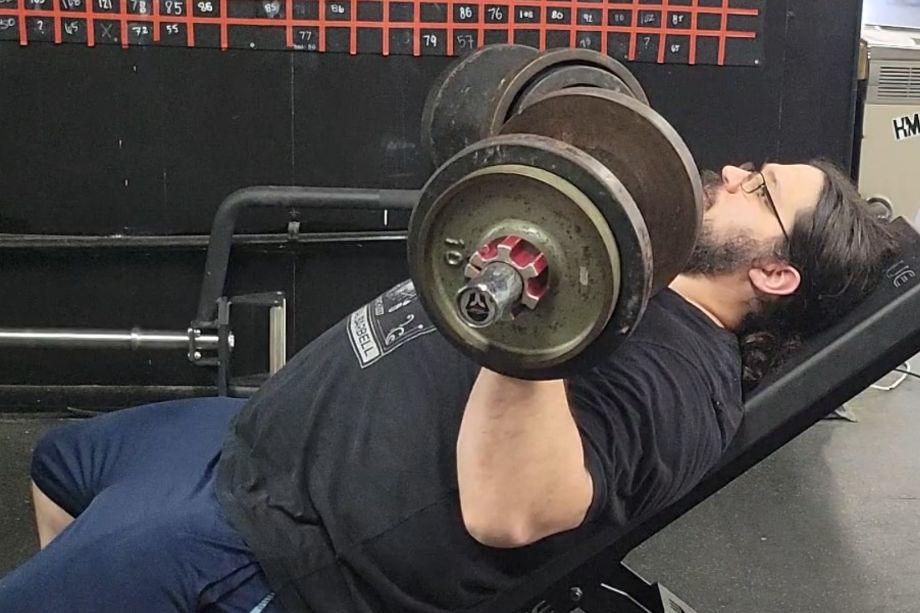
For this strength-focused chest workout, start with several warm-up sets before you power through 10 heavy working sets on the bench press and incline dumbbell press. Then, lower the intensity and ramp up the volume with higher-rep sets on the pec deck machine and dumbbell fly. Finish strong with back-to-back bodyweight exercises that’ll be far more challenging with a weight plate attached around your waist (for chest dips) or resting on your back (for push-ups).
| Exercise | Sets | Reps |
| Barbell Bench Press | 5 | 5 |
| Incline Dumbbell Press | 5 | 5 |
| Pec Deck Machine | 3-4 | 8-10 |
| Dumbbell Fly | 3-4 | 8-10 |
| Weighted Chest Dip | 3-4 | 5-8 |
| Weighted Push-Up | 3-4 | 8-10 (AMRAP on final set) |
RELATED: Dumbbell Chest Workout
Sample Hypertrophy Chest Workout
Bodybuilding-style workouts feature far more reps and shorter rest periods than powerlifting or strength-focused sessions. This high-volume chest hypertrophy workout utilizes supersets to deliver an excellent muscle-building stimulus for your pecs. To maximize your #GAINS and minimize time wasted, perform the two exercises in each superset consecutively. Take a short rest break (around 90 to 120 seconds), then repeat for the target number of sets.
RELATED: Superset Workouts
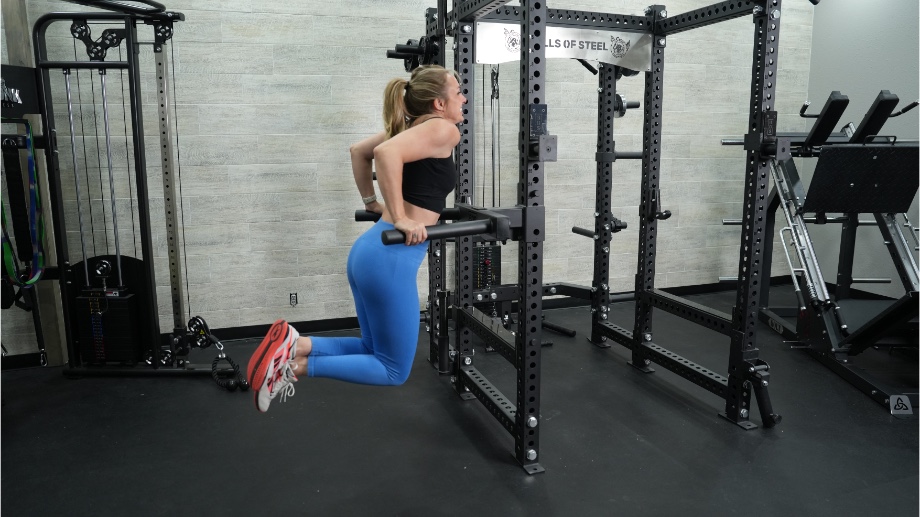
For Superset C, push yourself on round three by going for as many reps as possible (AMRAP) on chest dips and push-ups. However, don’t use that as an excuse to pump out half-reps. Performing both exercises with a slow, controlled tempo and a full range of motion will lead to much better results.
| Exercise | Sets | Reps |
| Superset A: Incline Dumbbell Fly | 3-4 | 12-15 |
| Superset A: Dumbbell Pullover | 3-4 | 12-15 |
| Superset B: Machine Chest Press | 3-4 | 10-12 |
| Superset B: Resistance Band Fly | 3-4 | 10-12 |
| Superset C: Chest Dip | 3 | 12-15 (AMRAP on final set) |
| Superset C: Push-Up | 3 | 12-15 (AMRAP on final set) |
RELATED: Dumbbell Chest Workout
What Muscles Does the Cable Fly Work?
The cable fly obviously targets your pectoral muscles. However, this classic movement also engages several other muscle groups.

Here’s a breakdown of the muscle activation during the cable fly:
- Pectoralis major: This large, fan-shaped muscle covers much of your upper chest. The cable fly focuses on horizontal adduction, which is the primary function of the pec major.
- Pectoralis minor: A thin, triangular muscle located underneath the pec major, the pec minor helps stabilize the scapula (shoulder blade), allowing for efficient movement during the cable fly.
- Deltoids: Both your anterior (front) and posterior (rear) delts play supporting roles, with the former aiding in shoulder flexion and horizontal adduction and the latter assisting in the eccentric (lowering) phase of the fly movement.
- Rhomboids: The muscles located between your shoulder blades help you retract and stabilize your scapula during the cable fly.
- Latissimus dorsi: Similar to the rhomboids, the lats play a supportive role in stabilizing your shoulder joints.
- Biceps brachii: This two-headed muscle helps stabilize your elbow joint and assists with arm flexion. Maintaining a slight bend in your elbow will put your biceps under tension.
- Core muscles: You must engage your erector spinae, rectus abdominis, and other core muscles to maintain an upright posture.
RELATED: What Muscles Do Push-Ups Work?
Cable Fly Alternative: Final Thoughts
Can cable flys help sculpt well-defined pecs?
Undoubtedly.
Do you have to perform this exact exercise to build the ultimate chest?
Not necessarily.
A seasoned strength training enthusiast understands the importance of having a deep bag of tricks—aka exercises—to turn to. Whether you don’t have access to a cable machine, are returning from an injury, or simply prefer training with specific equipment, you can still build a strong, aesthetically pleasing chest without performing a single cable fly. Utilize my list of 10 alternatives effectively, and you’ll have to go shopping for new t-shirts and tank tops sooner rather than later.
Cable Fly Alternative: FAQs
What are some effective alternatives to the cable chest fly for home workouts?
If you’re working out at home, you can use a set of adjustable dumbbells for bench press and fly variations and a resistance band for flyes, pullovers, and single-arm crossovers.
What is the best substitute for the cable fly?
Dumbbell flyes on a flat or incline weight bench are the best substitute for the cable fly, as they provide a similar range of motion and muscle engagement.
What are good upper-chest exercises?
As a certified personal trainer, the best exercises for targeting your upper chest include the incline bench press, incline dumbbell press, incline flyes, and incline push-ups.
RELATED: How To Do Pike Push-Ups
Can I use resistance bands instead of a cable machine for chest fly exercises?
Yes, resistance bands can effectively replace a cable machine for chest flyes, as they offer similar muscle engagement and constant tension. Bands are also significantly cheaper, making them ideal for budget-conscious home gym owners

